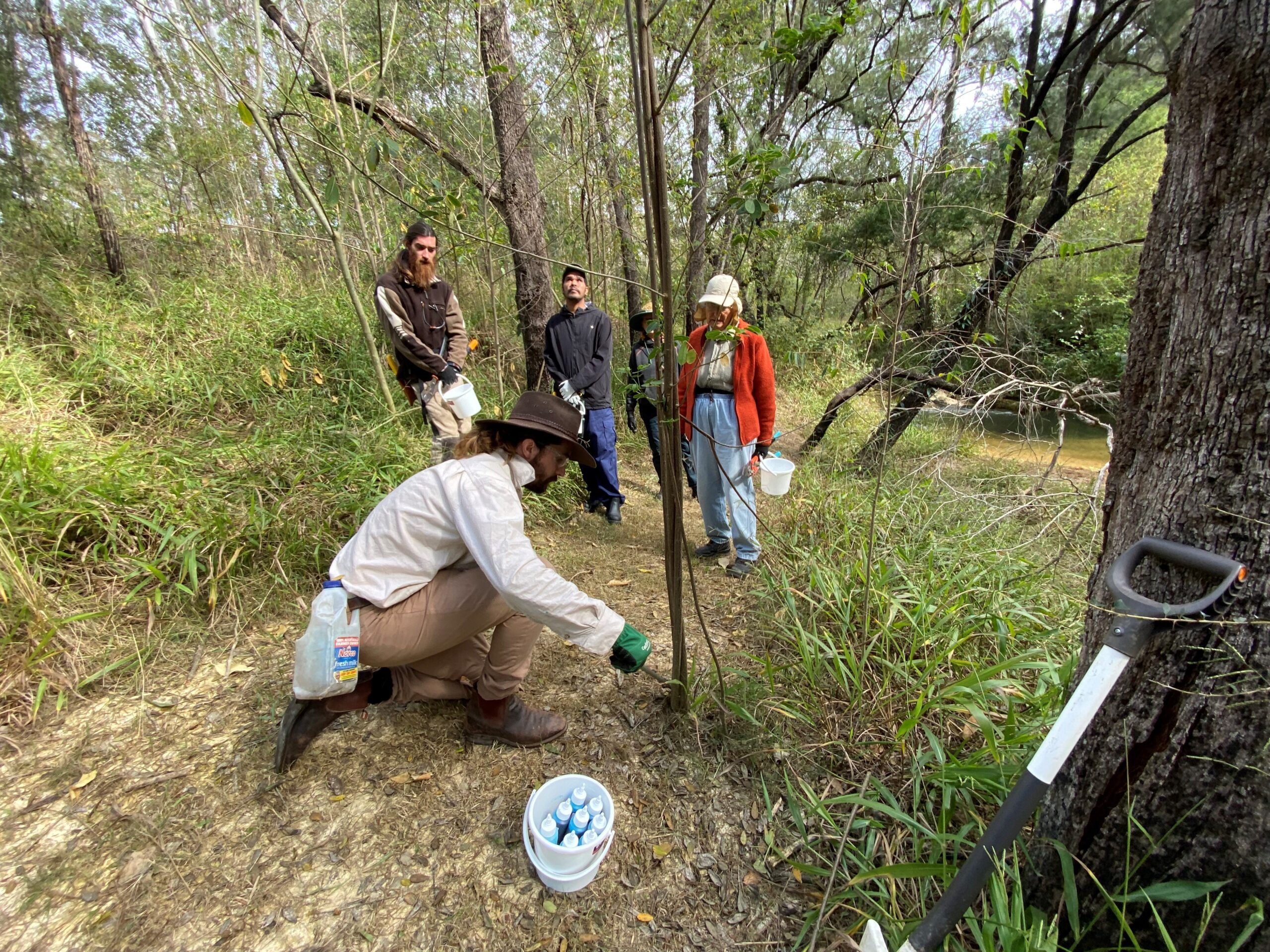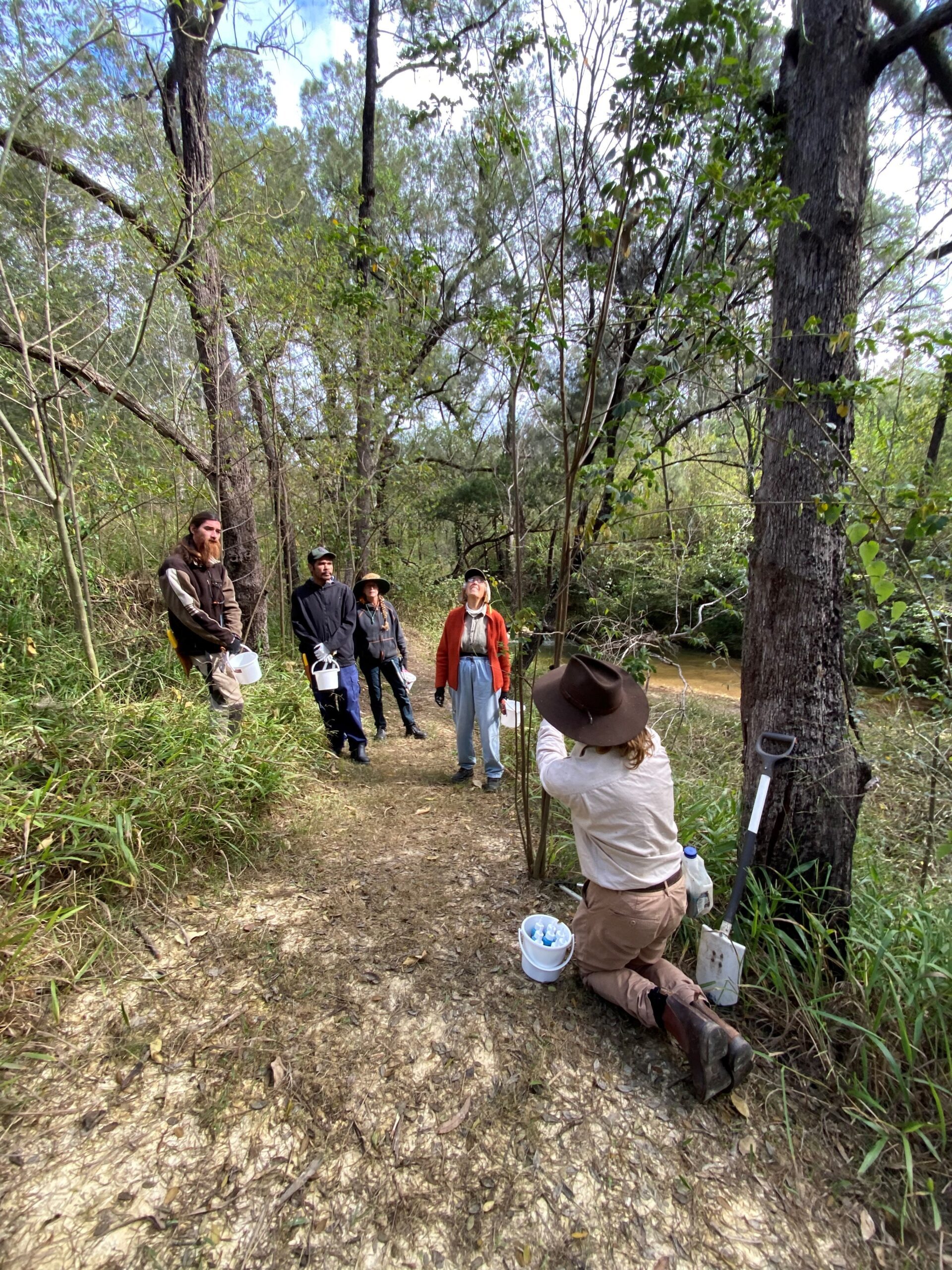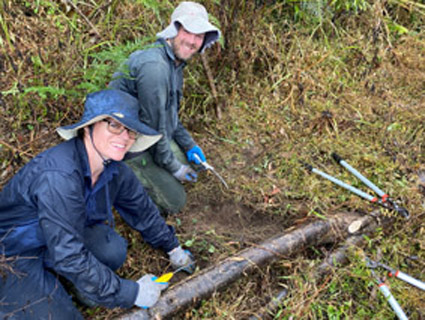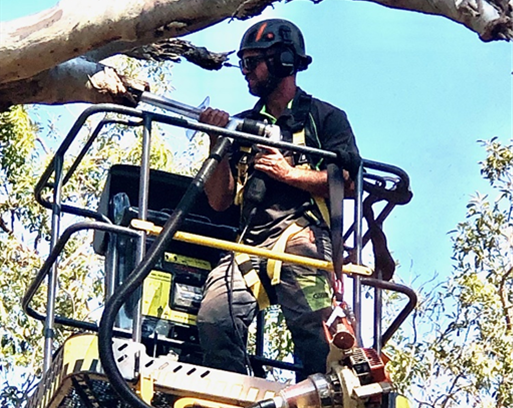Habitat Restoration
Habitat restoration has been a main staple of the work we do since we began in 1995.

What is a Habitat?
First things first. What is a habitat? A habitat is more than just a physical space; it’s a thriving ecosystem that provides all the necessities for various organisms to succeed. These necessities include food, water, shelter, nesting sites, and mates. Essentially, it’s the fundamental foundation for life to flourish.
Understanding Habitat Restoration
Habitat restoration is the process of returning an ecosystem to a functional state that can sustain the diverse array of organisms depending on it for survival. It’s about re-establishing the delicate balance of nature that may have been disrupted due to human activities or natural events.
The Challenge of Habitat Fragmentation
One of the significant challenges facing habitats today is fragmentation. Habitat fragmentation occurs when large, continuous habitats are divided into smaller, isolated patches, often due to human development such as roads, urbanisation, and agriculture. This fragmentation can disrupt ecological processes, limit gene flow between populations, and reduce biodiversity.
Addressing Habitat Fragmentation
To combat habitat fragmentation, it’s essential to focus on habitat connectivity. This involves creating corridors or pathways that allow for the movement of species between fragmented patches of habitat. These wildlife corridors can be natural features like rivers or constructed pathways designed to facilitate movement.
Additionally, strategic land-use planning can help minimise habitat fragmentation by identifying and protecting critical areas for conservation. By preserving larger, contiguous areas of habitat and implementing measures to enhance connectivity, we can mitigate the negative impacts of fragmentation on biodiversity.
Methods of Habitat Restoration
So, how do we go about restoring habitat? There are numerous approaches, including planting native species, managing invasive weeds, and controlling pests. However, one of the most effective methods is assisted natural regeneration.
Assisted Natural Regeneration
Assisted natural regeneration involves letting nature take its course while providing support where needed. This primarily involves removing disturbances that hinder the natural regeneration process. These disturbances could range from grazing livestock in paddocks to eroding creek banks or invasive species like dense monocultures of Lantana.
Why Assisted Natural Regeneration?
Assisted natural regeneration not only mimics natural processes but also encourages the re-establishment of native vegetation and the return of wildlife. By removing disturbances and allowing natural processes to unfold, we can witness the resilience of ecosystems as they recover and thrive once again.

Projects

Nymboida River Post Bushfire Biosecurity Weed Control
This project aimed to aid landholders to restore riparian areas that had suffered cumulative damage from recent natural disasters including drought, floods, and fires. Clarence Landcare engaged 11 landholders in the Nyboida area and provided training in Bush Regeneration and Plant ID.
Delivery: March – September 2023
Funded By: Local Lands Services

Habitat restoration for hollow dependent wildlife
This was a collaborative project between the North Coast Regional Landcare networks to assist hollow-dependent fauna recovery from the Black Summer Bushfires. The intensity of the 2019-20 was detrimental to hollow-bearing trees. Suitable hollows for many dependent species can take over 100 years to form. Fourteen properties in the Clarence Valley are now hosting newly carved hollows and nest boxes. The new installations were monitored to record uptake by wildlife.
Delivery: July 2022 – September 2023
Funded By: Landcare Australia Ltd via the NCRLN.
